Living in rhythm with the cycles of nature
Chinese medicine, through its holistic approach to health, naturally integrates the spiritual dimension of the individual and of all living beings. Furthermore, spirituality is rooted in the Dao—or Tao—also known as “the Way.”
The Dao is the “mother of the world,” the principle that gives rise to all that exists, the Breath that flows through all things. The Taijitu (symbol of yin and yang) represents it as a symbol of unity beyond the yin-yang duality.
According to Traditional Chinese Medicine (TCM), the human being exists between Heaven (the spiritual world, yang) and Earth (the material world, yin). Their breath—Qi—draws from these two polarities to manifest. Thus, their health depends on a proper balance between these two poles: material (Earth) and spiritual (Heaven).
Beyond the mind and the material
To live spiritually is to connect with a universal reality that transcends matter and mind. According to Traditional Chinese Medicine (TCM), living spiritually means aligning oneself with the rhythms of life so that the body, mind, and environment communicate and harmonize. It is about learning to inhabit the world with true balance.
Spirituality is not confined to dogma or to a ritual detached from the world. Consequently, it is an intimate experience that each person has in contact with the elements that surround them. This sensory perception gives rise to it. With the morning light, it breathes, listens to the rain on the rooftops, and follows the course of the seasons.
Indeed, the Huangdi Neijing (Yellow Emperor’s Inner Classic), a major text of TCM, reminds us that health—both physical and spiritual—is interwoven with the seasons. It invites us to “regulate the mind according to the Qi of the four seasons.” This regulation consists of an art of living where everything is rhythm. The wise man adjusts his life to this music, and the mind is clarified.
The seasons as an inner guide
In spring, the fresh air and the buds ready to burst open invite us to renewal.
The connected soul dares to dream and imagine new projects. Without forcing anything, while following the natural flow, it moves forward gently. Life awakens like a plant seeking the light; the heart opens, the gaze widens, ready to forge a new path.
Then comes the vibrant and warm season, a time for sharing, for simple joy that warms without burning. The days lengthen, encounters multiply. Moreover, it is now about being present, welcoming others, and laughing together.
We forge connections, we savor the light. It is a time to radiate, to connect with the world with a smile.
Towards the end of summer, the energies calm, giving way to a softer light and fresher air. The leaves fall from the trees. This season teaches us to let go of what is no longer needed. It’s time to cultivate the art of choosing, keeping only what’s essential. Our breathing slows, and we gain clarity. It’s time to make space by letting go of the superfluous.
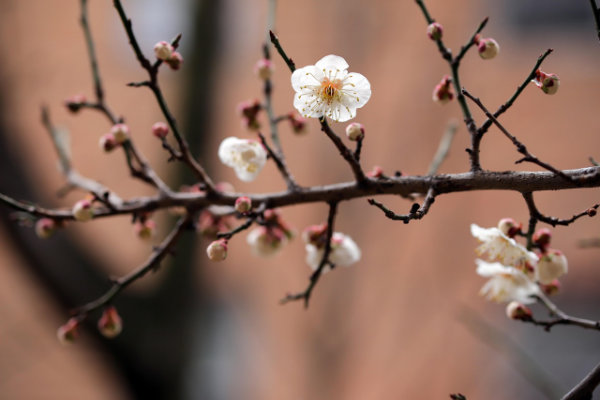
The seasonal cycle finally closes. Everything slows down. The cold encourages contemplation. One conserves energy and turns inward. One doesn’t speak much, but reflects and dreams in secret. The time has come to rest, to gently prepare for next spring; beneath the frozen earth, life silently prepares itself.
The Five Movements or Five Elements
In Traditional Chinese Medicine (TCM), the seasons are linked to the Five Elements (Wǔ Xíng) — Wood, Fire, Earth, Metal, and Water — which give rhythm to life. Wood grows, Fire diffuses, Earth integrates, Metal clarifies, and Water preserves.
This dynamic does not describe a static cosmos; it helps us understand change. Thus, in our inner life, we recognize these rhythms.
Indeed, there is a time for: Emergence (Wood). You can then express yourself and act (Fire). Then gather yourself and wait (Earth). Next comes pruning (Metal). Finally, self-preservation (Water).
To achieve this, we must refine our senses and develop subtle listening. Thus, with practice, the mind ceases to control, giving way to gestures and postures adapted to each situation. This is the state of mind, the attitude that underlies the concept of Wu Wei, or “non-action.”
Nourishing life and soul
Ancient Chinese thought views humans as a living link. Qi traverses space, circulates in the winds, animates plants, nourishes animals, and also flows through our meridians.
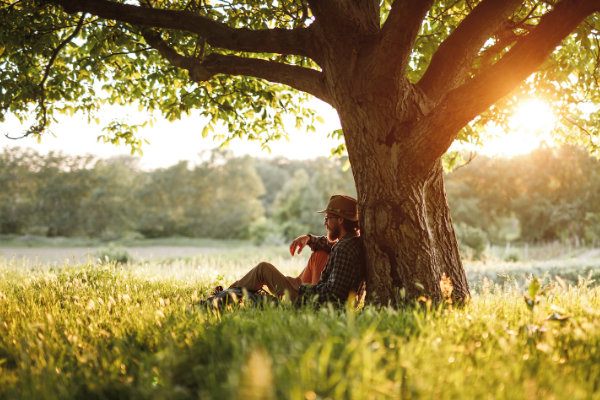
The classic formula of Heaven-Humanity-Earth underscores this interdependence: Heaven inspires, Earth nourishes, and Humanity integrates and reflects. When this triangulation is disrupted, something is obscured; when it is harmonized, we rediscover a tranquil clarity and a contagious radiance.
Chinese medicine has given a name to these interactions: Yǎngshēng, or “nourishing life.” This TCM discipline is an art of living spiritually. It connects rest, diet, breathing, movement, emotional balance, and inner cultivation. It relies on exercises and proposes a lifestyle: quality sleep, listening to one’s true hunger cues, sun exposure, walking, and Qi practice.
Yang Sheng promises neither performance nor eternal youth. It offers a joyful simplicity. It prefers regularity to feats of strength and nuance to excess. For example, it teaches you to feel the difference between the fatigue that calls for rest and the fatigue that calls for a walk, between the hunger of the body and the need to eat to distract yourself.
It offers a spirituality that doesn’t oppose daily life but harmonizes with it. The soul is not separate from the world; it learns from it. Harmony isn’t imposed, it arises when the conditions are right.
An aesthetics of presence
Finally, spirituality in Traditional Chinese Medicine (TCM) appears as an aesthetic of presence. It cultivates a sensitive awareness of the quality of the moment, of how the air flows through the room, of how a voice resonates with the listener. It prefers transitions to ruptures, nuances to slogans, and precision to excess. It is as wary of sterile willpower as it is of resigned passivity. It seeks a living balance: enough tension to move forward, enough relaxation to endure.
By accepting to live in this Earth-Sky balance, the individual ceases to struggle against the world and chooses to work with it. Then, life takes on a simpler course; the gaze shines with a calm joy; actions become more effective. The mind is serene, and the heart radiates. One experiences true well-being and optimal health.
Health and spirituality
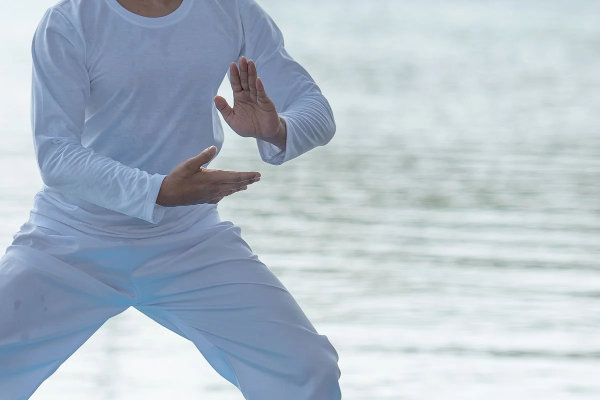
Traditional Chinese Medicine (TCM) practices are rooted in this philosophy. Therefore, the practitioner treats the patient not as a mere body, but as a complex being with emotions and a mind.
In its diagnosis, TCM identifies energetic imbalances. These can have a purely physical origin (poor diet, toxins, adverse weather conditions, etc.). However, they very often have an emotional, or even spiritual, origin.
Indeed, if an individual lives a life that doesn’t suit them, where they are not in harmony with their true self, this will generate imbalances. And over time, illnesses will develop.
For example, someone who is bored at work, or someone who experiences excessive pressure or harassment, cannot maintain good health. The same is true for someone who lives in a toxic relationship environment, or someone who chooses to conform to external pressures that contradict their true nature. Sooner or later, they will lose their health.
Chinese medicine, by restoring balance, allows for the overall regulation of the body, emotions, and mind. Acupuncture, like herbal medicine, are natural methods that strengthen and stimulate the patient’s connection with Nature and with their own inner nature. They guide the individual toward a path of harmony.
Qi Gong and Tai Ji Quan teach relaxation, conscious fluidity, presence in movement, and strength without rigidity. Energetic nutrition doesn’t moralize about what’s on the plate; it situates it within the natural rhythm of life and the changing seasons.

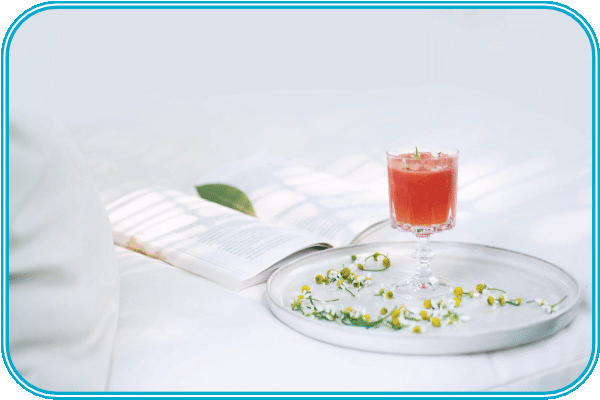
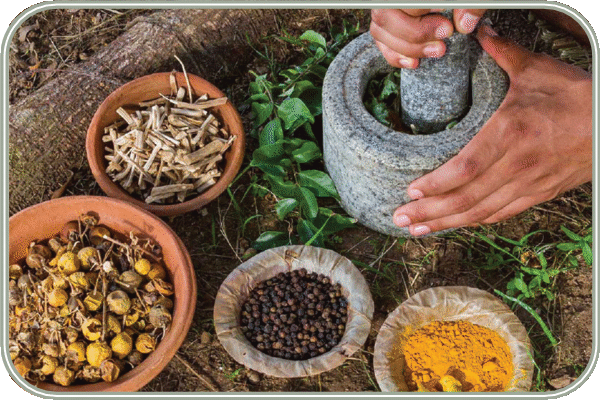

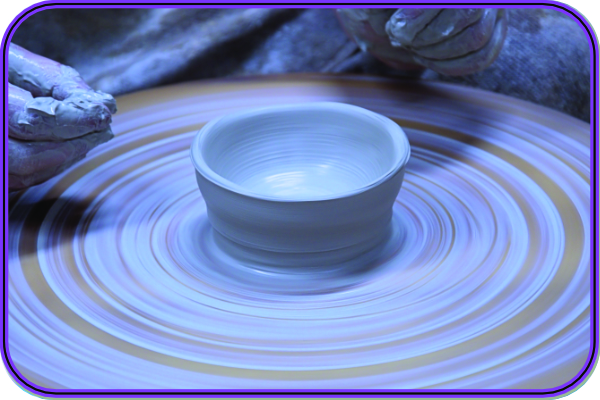
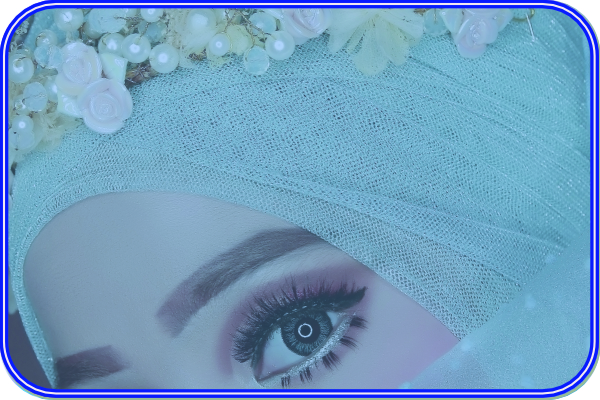

0 Comments